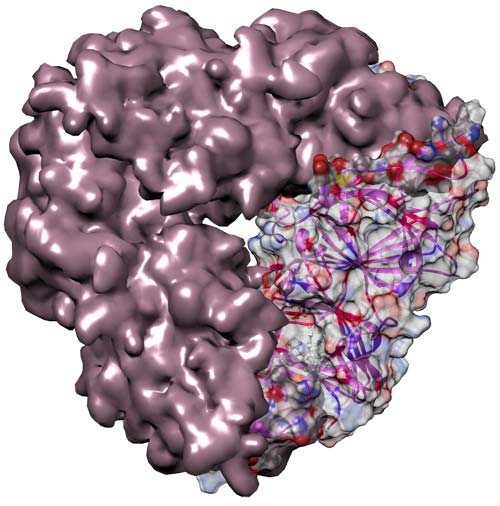globulin

Crystal structure of a pumpkin seed globulin.
Globulin is any of a family of globular proteins that are soluble in dilute salt solutions (but generally insoluble in water) and present in blood, eggs, milk, and as a reserve protein in seeds. Blood serum globulins come in four types: alpha-1 (α1), alpha-2 (α2), and beta (β) globulins, which serve as carrier proteins for lipids, hormones, and minerals; and gamma globulins, which include the immunoglobulins responsible for immune responses.
Alpha globulins
Alpha globulins include alpha-1 antitrypsin and haptoglobin. The former is an enzyme produced by the liver and lungs; deficiency is associated with hepatitis in children and emphysema in young adults. Haptoglobin is found in blood plasma, where it binds with hemoglobin (the oxygen-carrying protein in red blood cells) and prevents it from being excreted in the urine by the kidneys. Various other alpha globulins are produced as a result of inflammation, tissue damage, autoimmune diseases, and certain cancers.
Beta globulins
Beta globulins consist mainly of low-density lipoproteins (LDLs), substances involved in the transport of fats in the blood, and transferrin, which carries iron in the blood. The amount of beta globulins is increased in certain types of hyperlipidemia (a condition in which abnormally high levels of fat are present in the blood).
Gamma globulins
All of the gamma globulins are antibodies, which are proteins produced by the immune system in response to infection, as part of an allergic reaction, and after an organ transplant. Gamma globulins may also be produced in any disorder that causes persistent inflammation of an organ, such as rheumatoid arthritis or cirrhosis of the liver. Certain conditions, such as multiple myeloma, result in the production of large amounts of a specific gamma globulin.


